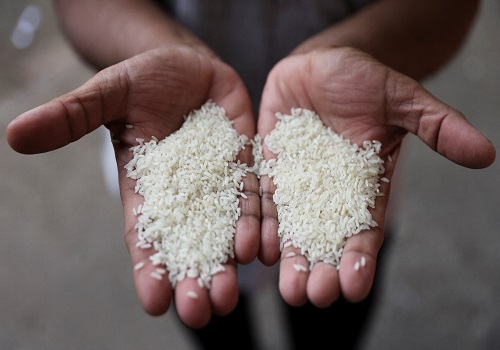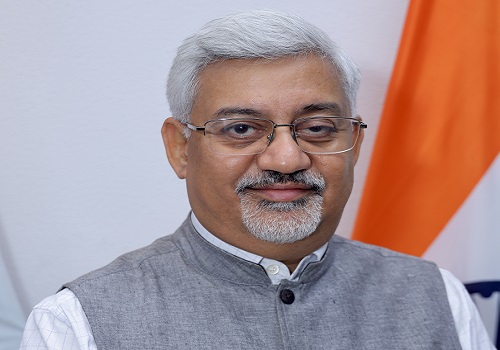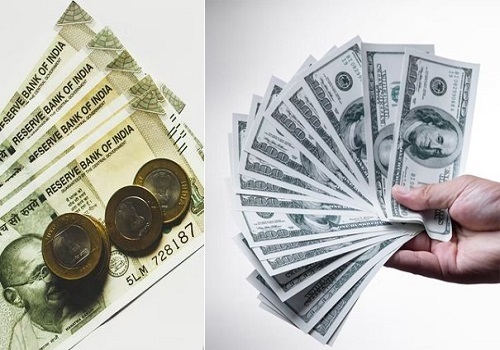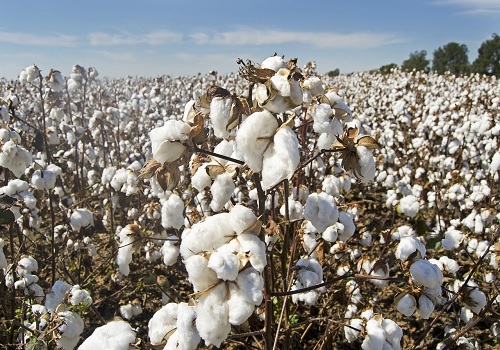Global Rice Prices Drop as India Lifts Export Curbs by Amit Gupta, Kedia Advisory

Global rice prices have declined by over 10% as India lifted restrictions on rice exports, coupled with the arrival of new crops from Pakistan and Myanmar. India’s decision to resume exports has placed downward pressure on prices, with Thailand, Pakistan, and India offering competitive rates. Lower container costs and a strong U.S. dollar have further benefited international buyers. Despite recent declines, demand remains steady as nations like the Philippines and Malaysia look to secure rice stocks. The Indian government’s recent policy adjustments, including removing duties on parboiled rice and ending the minimum export price (MEP) on white rice, have increased rice availability for the global market, making Indian rice particularly affordable.
Key Highlights
* Rice prices dropped over 10% after India lifted export restrictions.
* India’s prices now lead in competitiveness, benefiting global buyers.
* Lower container rates and a strong dollar support further trade.
* Nations such as the Philippines are actively purchasing rice stocks.
* India's rice production is estimated at a record 137.83 million tonnes.
Rice prices in the global market have plummeted by more than 10% in the past two weeks as India lifted curbs on rice exports. The arrival of fresh rice harvests from Pakistan and Myanmar has further driven prices down. Notably, India’s export-friendly rates have created a price competition, with the country’s 5% broken white rice now offered at $444-448 per tonne, lower than Thailand’s $507 and Pakistan’s $463-467. Even in the 25% broken category, India remains highly competitive at $434-438 per tonne.
The shift in India’s export policy coincides with a strong U.S. dollar and decreased container rates, making global rice purchases more affordable. Exporters are taking advantage of current market conditions, with increased inquiries from buyers such as the Philippines. Low container shipping costs have resulted in a substantial drop in trade costs; containers are now priced as low as $50. “The rice market is adjusting to the new pricing dynamics, and buyers are seizing this chance to stock up,” noted BV Krishna Rao, President of The Rice Exporters Association.
Additional factors like India’s removal of the 10% customs duty on parboiled rice and the MEP on white rice have increased accessibility for global markets. While traders are cautiously observing potential market adjustments, the upcoming Indonesian tender could shed light on near-term pricing trends. India’s abundant production, estimated at a record 137.83 million tonnes for 2023-24, ensures a steady supply amid high demand from countries such as Malaysia and China.
Finally
India’s export boost has enhanced global rice availability, stabilizing prices. Strategic buyers are leveraging the dip, potentially stabilizing prices if demand rises further.
Above views are of the author and not of the website kindly read disclaimer










Top News

India, UK likely to hold next round of talks on proposed trade agreement in October: Sunil B...












